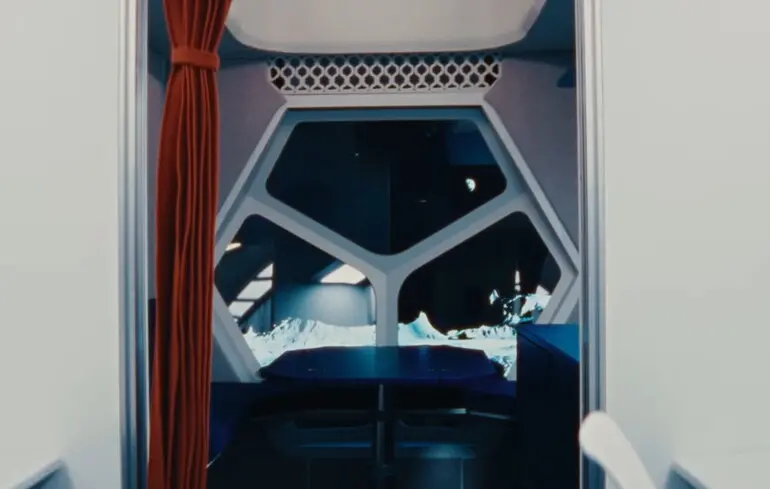The Future of Space Habitats: Trends, Technologies, and Challenges

The international community of space researchers and engineers is relentlessly working towards creating more comfortable and accessible living environments in space.
Modular habitats, intended to replace the current limited and monotonous stations, are envisioned to resemble modern cabins with light, color, and spacious interiors similar to luxurious cruise ship lounges.
These innovations aim not merely for aesthetic appeal but also prioritize safety, shielding crews from cosmic radiation and debris that could damage spacecraft walls.
According to reports from The Wall Street Journal, these systems are being developed under the guidance of companies like SAGA Space Architects in collaboration with the European Space Agency.
They develop lightweight, quickly deployable, and cost-effective modules capable of rapid adaptation and scalability of contemporary space environments.
This approach starkly contrasts with the construction of the International Space Station, which cost around $100 billion and was assembled over several years from more than 40 modules launched in 42 missions.
SAGA estimates that a full living environment for 10 people could cost approximately 100 million dollars, opening new opportunities for commercial and private space initiatives.One of the most promising projects involves inflatable modules shaped like pumpkins, made from advanced synthetic materials that are significantly lighter and stronger than traditional metals.
For instance, Max Space, based at Kennedy Space Center, is creating the Alpha module, which in its folded state measures about two rolling suitcases but expands in orbit to a volume of 20 cubic meters, capable of accommodating three astronauts.
This module has already undergone flight tests according to NASA specifications and can dock with the ISS or future commercial stations.
The first launch of Alpha with scientific payloads is planned for October 2026 using SpaceX’s Falcon rocket.
In the future, the company aims to develop modules with a volume of up to 100 cubic meters, designed for 10 occupants.
These modules can serve not only as residences for astronauts but also for private clients and companies conducting research or launching satellites.Another innovative project belongs to the Aurelia Institute from Cambridge, which is developing self-assembling hexagonal tiles that can create habitable environments in microgravity.
A prototype is scheduled to be delivered to the ISS in 2026, capable of self-expanding and operating autonomously.
According to co-founder Ariel Ekblau, such habitats can be assembled like “a house on wheels,” with interior furniture that unfolds from the tiles.
Parallel to this, SAGA Space Architects and ESA are working on the FlexHAB prototype, designed for four astronauts, which could be used for lunar or Mars missions in the future.Efforts are also underway to improve living conditions inside space modules by integrating innovative interior systems.
For example, Google is testing a “virtual satellite” for real-time Earth mapping, constructing modular units in the shape of containers.
The interiors are created using 3D printing from recycled wood waste, while handrails use cork insulation resistant to high temperatures.
Sleeping modules feature soundproofing and independent air filtration systems to prevent odors and noise from spreading across compartments.
Architects focus heavily on windows; future designs may incorporate algae-based “stained glass,” which could produce oxygen for the crew.Creating comfortable, safe, and functional space habitats is essential for long-term missions.
While living beyond Earth can never fully replicate luxury hotel comfort, these habitats should ensure minimal conditions for work and life in space.
Currently, NASA is preparing to decommission the ISS by 2030 and explores partnerships with private companies to develop commercial orbital stations—marking a new stage in orbital infrastructure development.
Despite ambitious plans for Mars exploration by SpaceX and NASA, technological challenges remain significant obstacles to rapid realization of these visions.

